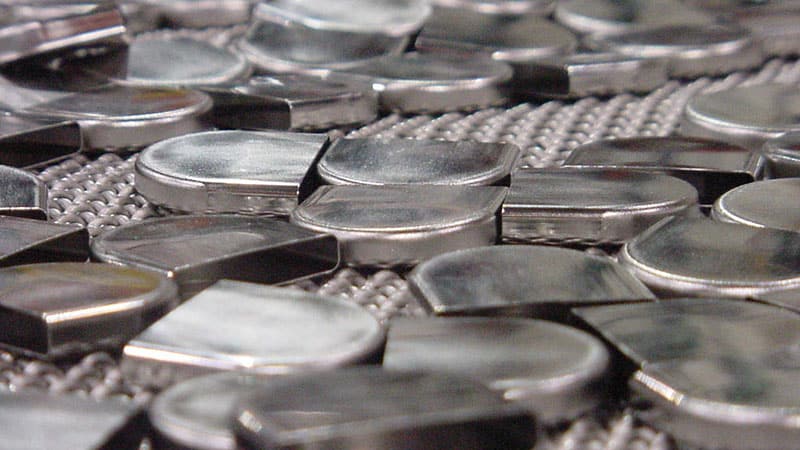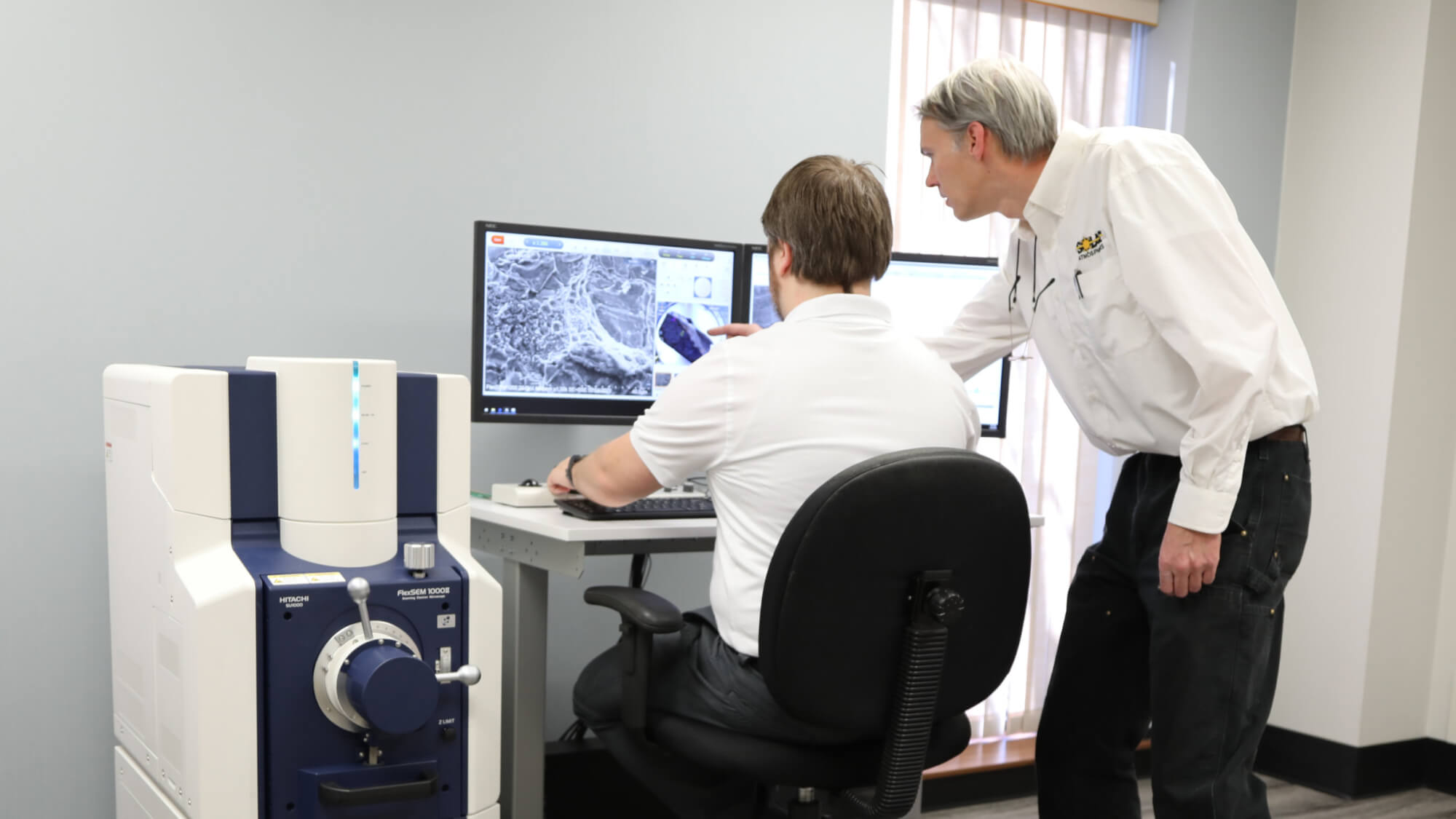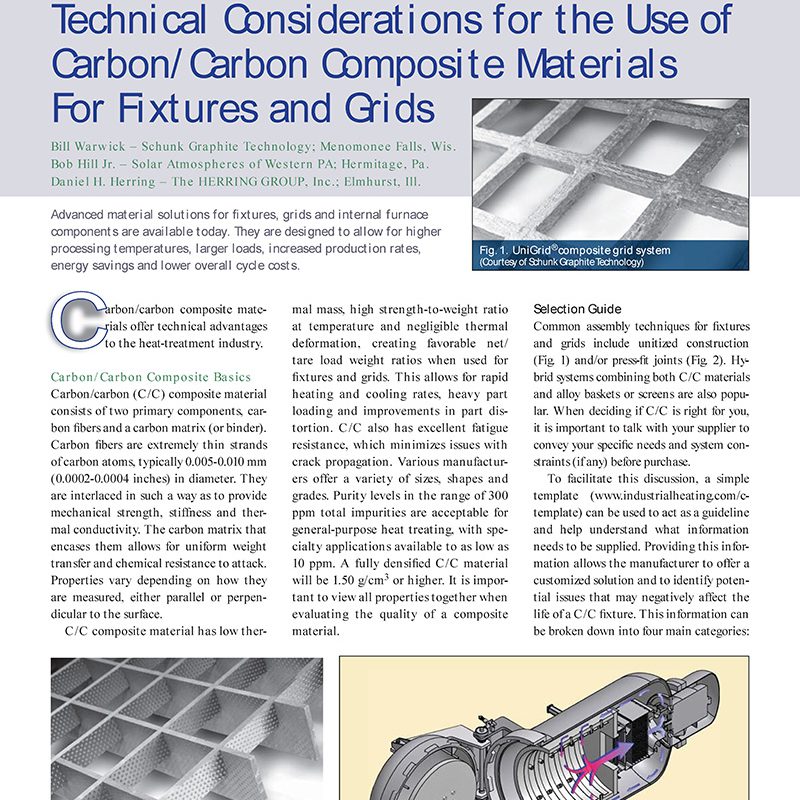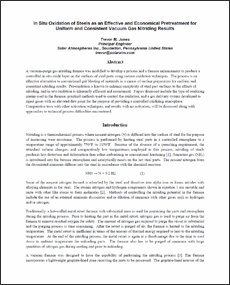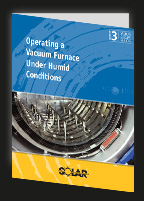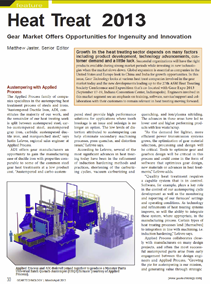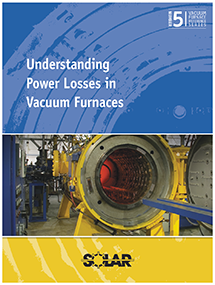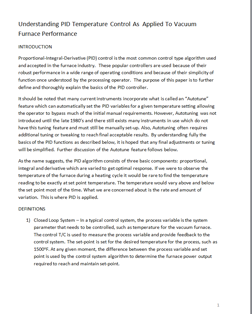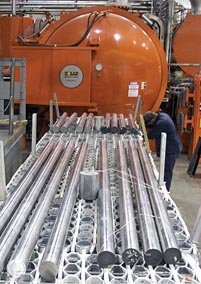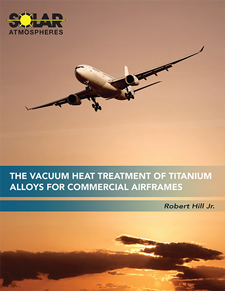CALL: 1-855-WE-HEAT-IT
Tech Downloads
Technical Considerations for the Use of Carbon and Carbon Composite Materials for Fixtures and Grids
Advanced material solutions for fixtures, grids and internal furnace components are available today. They are designed to allow for higher processing temperatures, larger loads, increased production rates, energy savings, and lower overall cycle costs.
In Situ Oxidation of Steels as an Effective and Economical Pretreatment for Uniform and Consistent Vacuum Gas Nitriding Results
A vacuum-purge gas nitriding furnace was modified to develop a process and a furnace enhancement to produce a controlled in situ oxide layer on the surfaces of steel parts using various oxidation techniques. The process is an effective alternative to conventional grit blasting of materials as a means of surface preparation for uniform and consistent nitriding results. Pre-oxidation is known to enhance receptivity of steel part surfaces to the effects of nitriding, and in situ oxidation is inherently efficient and economical. Topics discussed include the type of oxidizing carrier used in the furnace, practical methods used to control the oxidation, and a gas delivery system developed to inject gases with an elevated dew point for the purpose of providing a controlled oxidizing atmosphere. Comparative tests with other activation techniques, and results with no activation, will be discussed along with approaches to technical process difficulties encountered.
Operating A Vacuum Furnace Under Humid Conditions
A specific concern to a vacuum furnace user is processing critical work during summer months with high temperatures and high humidity. This same concern could also be a problem on rainy winter months. Under these difficult conditions, it is most important to understand the impact that humid conditions can have on the final surface condition and appearance of the processed parts. Work discolored or oxidized by residual water vapor is unacceptable and must be controlled for many critical components like aerospace parts or medical implants and instruments. This paper will try to explain factors relating to humidity, air temperature, and methods to improve final product appearance and minimize possibility of contamination.
Gear Market Offers Opportunities for Ingenuity and Innovation
Solar’s Souderton plant recently received a Nadcap accreditation in carburizing, allowing it to better serve the aerospace market. This accreditation joins Solar’s other Nadcap approvals for heat treating, brazing and fluorescent penetrant inspection. Additionally, earlier this year the company became an approved supplier for General Electric Aviation (GEA), UTC Aerospace Systems (UTAS) and Moog Corporation.
Understanding Power Losses in Vacuum Furnaces
Since the early development of the vacuum furnace, engineers and thermal experts have continually tried to improve the insulating characteristics of the furnace hot zone. Several materials have been used for different applications with varying success. However, all designs must still deal with the heat losses penetrating through the insulation materials and the need to minimize these losses. This is especially important today with the continual escalation of electrical power cost. This paper will review the different types of hot zone insulation materials used, the projected losses of the different designs, the impact relating to furnace cycle heating rates and cycle times, and the projected cost advantages of one design over another.
Understanding PID Temperature Control As Applied To Vacuum Furnace Performance
Proportional-Integral-Derivative (PID) control is the most common control type algorithm used and accepted in the furnace industry. These popular controllers are used because of their robust performance in a wide range of operating conditions and because of their simplicity of function once understood by the processing operator. The purpose of this paper is to further define and thoroughly explain the basics of the PID controller. It should be noted that many current instruments incorporate what is called an “Autotune” feature which can automatically set the PID variables for a given temperature setting allowing the operator to bypass much of the initial manual requirements. However, Autotuning was not introduced until the late 1980’s and there still exists many instruments in use which do not have this tuning feature and must still be manually set-up. Also, Autotuning often requires additional tuning or tweaking to reach final acceptable results. By understanding fully the basics of the PID functions as described below, it is hoped that any final adjustments or tuning will be simplified. Further discussion of the Autotune feature follows below. As the name suggests, the PID algorithm consists of three basic components: proportional, integral and derivative which are varied to get optimal response. If we were to observe the temperature of the furnace during a heating cycle it would be rare to find the temperature reading to be exactly at set point temperature. The temperature would vary above and below the set point most of the time. What we are concerned about is the rate and amount of variation. This is where PID is applied.
Raw VS. Part Heat Treatments – What is the Difference?
The fuzzy definitions of “raw material” and “parts” in specifications create variable and debatable heat treating quality standards.
The Vacuum Heat Treatment of Titanium Alloys for Commercial Airframes
Aeronautical engineers are consistently searching for new and optimal materials to achieve specific applications throughout an airframe. There are a multitude of considerations affecting the structural design of an aircraft such as the complexity of the load distribution through a redundant structure, the large number of intricate systems required in an airplane and the operating environment of that airframe. All of the above criteria is governed primarily by weight savings. Thus, the optimal materials selected today and for the future of airframes are composite material and titanium.

